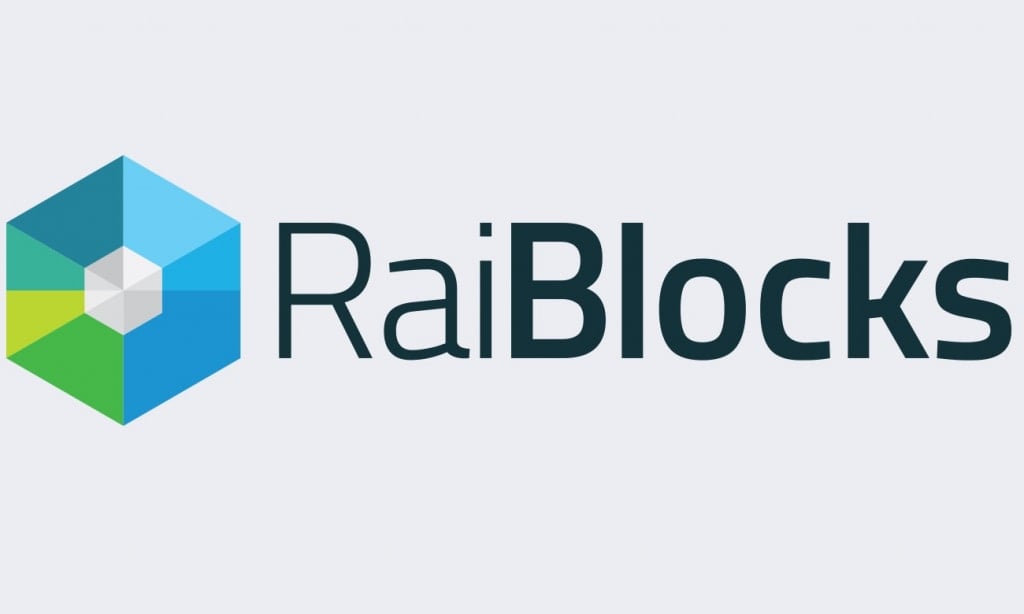The rebranded RaiBlocks, Nano focuses on fee-less, fast peer to peer transactions and that focus helps Nano keep ahead of competition. Nano is also a cryptocoin designed particularly for small payments. In the fiercely competitive crypto market, players need to think out of the box to stay ahead and that perhaps is what RaiBlocks has done. RaiBlocks was circulating only on niche exchanges and has been pursuing its efforts to get listed on exchanges like Binance for some time now. The move appears to have paid off for RaiBlocks since Nano is trading around $19.81 as at the beginning of February, 2018 despite the high level of volatility in the Crypto markets. More importantly, Nano has risen to occupy the 16th spot in terms of market capitalization gaining about 38% since listing on Binance.
Reduced time for transactions with different technology
Compared to regular blockchains, Nano works marginally different with multiple chains within a grid or the ‘lattice’ framework. Consequently, transaction time is significantly reduced and costs get virtually eliminated. Some 133,248,289 Nano coins are currently circulating with a trading fee of 0.1%. Nano is distributed centrally and cannot be mined and analysts are somewhat skeptical on how the value of the coin can be maintained. But, what should keep Nano forging ahead is the transaction speed which is nearly instant and its unlimited scalability. With each user having a captive blockchain asynchronous updation to other parts of the network is pretty easy too. This approach will find favor with fast exchanges like consumer based exchanges with low or minimal overheads.
Binance listing
The recent Binance listing is expected to be a game changer for Nano. The Hong Kong based Binance has the ability to process some 1,400,000 orders every second. Ted Lin, the co-founder of the exchange also stated that the exchange is very selective when it comes to listing coins and that only about 3% of applicants finally get accepted. During December, 2017/ January, 2018 when the Crypto markets were going through a bull phase, nearly 1,000 members were joining Binance and according Changpeng Zhao, the CEO at Binance, one single day saw 250,000 new users registering.
Understanding Nano
Let us now delve a little deeper into Nano to understand how it positions itself in the crowd to make a difference. The following constitute the main components of Nano.
Account
Account represents the public-key part of the digital signature keypair. The Public-key which is also known as the address can be shared with other participants in the network whereas the private-key remains a secret. One user can control several accounts though there can be only one public address for an account. A digitally signed data packet will ensure approval of the content by the holder of the private-key.
Block or Transaction
Often times, the terms “transaction” and “block” are used interchangeably when the block carries only a singular transaction. Transaction refers specifically to the action and block represents the digital of a transaction.
C.Ledger
The Ledger represents a global set of accounts wherein every account has a transaction chain of its own. This is an important component of the design where the run-time agreement is replaced with design-time agreement with everyone agreeing via signature check to ensure that only a person who owns an account has the ability to modify his own chain.
D. Node
Node represents a software that runs on a computer conforming to the participates and protocol of Nano in the Nano network. The software takes care of managing the ledger and accounts that may be controlled by the node. A node can either store the whole ledge or pruned history of the ledger with just the last few block in the account of the blockchain.
Overview of the system
Unlike the blockchains employed by a host of other cryptocurrencies, block-lattice is the structure employed by Nano. Every account has an independent account chain (blockchain) equal to the balance/transaction history of the account. Only the owner of the account can update every account-chain allowing updation of each account asynchronously and immediately to other parts of the block-lattice, leading to quick transactions.
Nano has a significantly light-weight protocol with each transaction fitting within the minimum size of UDP packet needed for transmission over internet. Similarly, the hardware needs are also minimal for the nodes since the function nods is limited to recording and rebroadcasting the blocks for nearly all transactions. Initiation of the system is achieved through a genesis account with a genesis balance. The genesis balance remains fixed and cannot be increased at any time. But, the genesis balance can be split and transferred to other accounts through send transactions that are registered on the genesis chain. The total of all accounts can never be more than the initial balance in the genesis account giving the system an upper circuit on quantity with no provision to increase it.
Summing up
Nano offers a simple function and can potentially scale up to something like the IoT, going forward. For exchanges, it could be easy setting up nodes to obtain confirmations quickly. Nano offers a fixed an finite supply. For now, Nano has carved out a niche for itself and with the blockchain technology evolving with nearly each passing day, Nano should be focusing to stay in the race and forge ahead.





